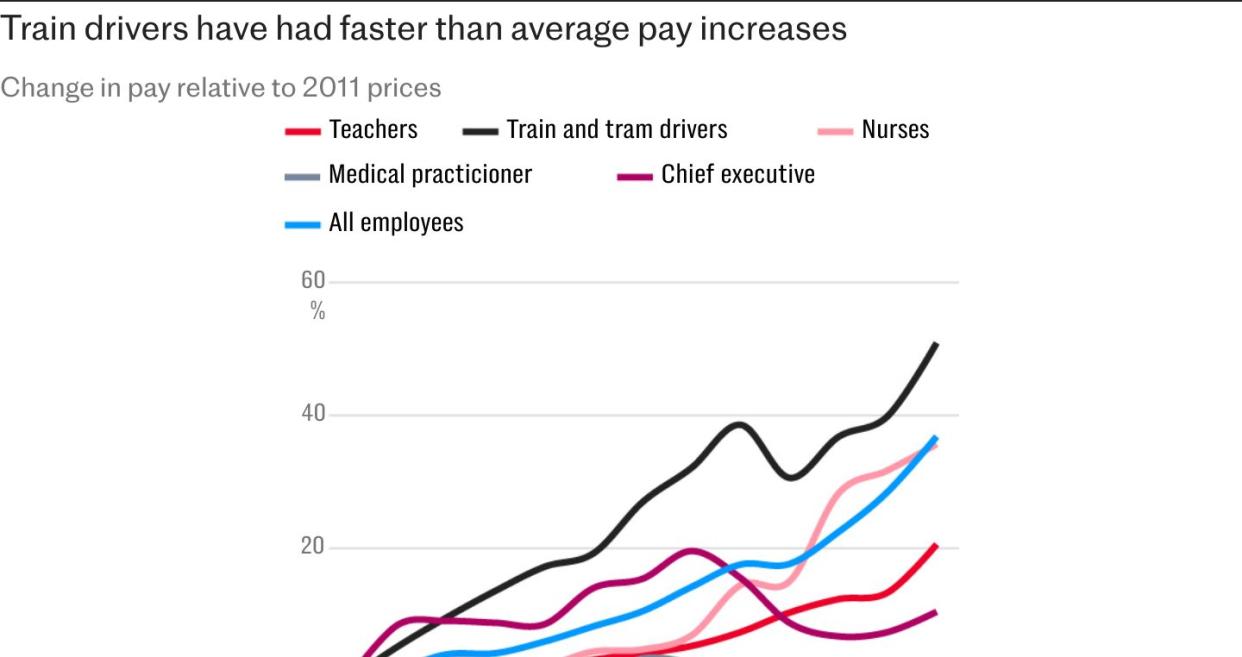Unions have just exposed the madness of America’s economic policy

While the US election continues to deliver drama after drama, there is little movement among the voters. Kamala Harris and Donald Trump remain neck and neck in the polls. Despite a completely jaw-dropping debate and multiple, horrifying assassination attempts, nothing seems to move the public opinion dial for more than a day or two before the numbers even out again.
In fact, there’s a strange sense of stalemate in the run-up to such a momentous election. That curious sense was heightened this week, when the mighty Teamsters union decided not to endorse either candidate ahead of polling day – the first time the union has declined to endorse a presidential candidate since 1996.
According to the union, which represents 1.3m members across the United States, both candidates have offered up “few commitments” for the workers it represents. There was also, apparently, “no definitive support among members for either party’s nominee”.
The space left open by the absent endorsement is fast being filled by both candidates. Harris is chalking it up as a win, as the Teamster regional joint councils jumped to endorse her after the union’s general executive board declined to do so. Local Teamster support is evidence, her supporters say, that the working men and women of America see her as their champion. She’s already secured the usual suspects, including the teachers’ union and the National Education Association.
Not so fast, says Team Trump. The decision of the Teamsters not to endorse comes just days after the union’s representatives met with the vice president – a seemingly damning indication of how that conversation played out. After all, Joe Biden secured their endorsement with ease in 2020. That the union now reports its membership is too split to choose between the candidates is a clear signal, for Trump fans anyway, that this election is closer to 2016 than 2020: back when those vital votes in the Rust Belt swung from the Democrats to the Republicans.

You can argue it either way – but the individual candidates themselves are not really the story. That’s because there’s a new economic consensus in town, and it’s one that favours the unions. Whoever becomes president of the United States in November, the unions can only win.
Donald Trump’s promises to continue to pursue energy independence, to “stop outsourcing” (number five on his list of priorities ranked on his website), and to “turn the United States into a manufacturing superpower” are exactly the kind of political cocktail that will appeal to Teamster members and many other blue-collar workers.
Trump has always done well with this voter base because of this protectionist instinct – one that, of course, is not without its trade-offs, as the focus on making American products and buying American goods can often result in higher costs for consumers (which union workers also are).
Kamala Harris is not offering much that’s different. While she hasn’t pledged a 10pc tariff on imports, the “issues” page of her website suggests she’ll be following in her boss Joe Biden’s footsteps and spending an awful lot more on state-subsidised projects, which means decently paid jobs propped up by the state.
Union voters may not know exactly what Harris’s plans are, but Teamster members only have to think back a few years to when the President offered up a staggering $36bn (£27bn) handout in 2022 to fill the gaps in the union’s leaky pension plan. If Harris has similar instincts, there’s not too much for the unions to worry about.
America is certainly not the only country pivoting its economic agenda to be more union-friendly. Here in the UK, Labour’s announcements so far have been dominated by bumper paydays, with heavily unionised professions such as teachers, train drivers and junior doctors all getting inflation-busting raises.

It’s clear what the unions have got out of it. Any sense of reciprocation is far less clear. Train drivers responded to the pay deal by announcing another round of strikes. Junior doctor campaign groups have suggested that the pay settlement allows for a little break, to regroup for more collective action next year.
Of course, no one can be surprised that Labour, historically the party of the workers (and specifically, of the unions), is ushering in these pay rises. However, the Tories, had they somehow been re-elected, would surely have made at least some effort at resisting union demands. That there is no real political divide on this subject in America is a far more controversial development.
The US presidential election is going to come down to a handful of states, including Pennsylvania and Michigan, where the votes of union members will matter greatly. None the less it’s a substantial shift in US party politics – even bigger than in 2016 – to see a major blue-collar union unsure as to where its members’ allegiance lies.
It’s another indication of just how strongly “America First” has come to dominate both American parties’ economic agenda.
Kate Andrews is economics editor at The Spectator


